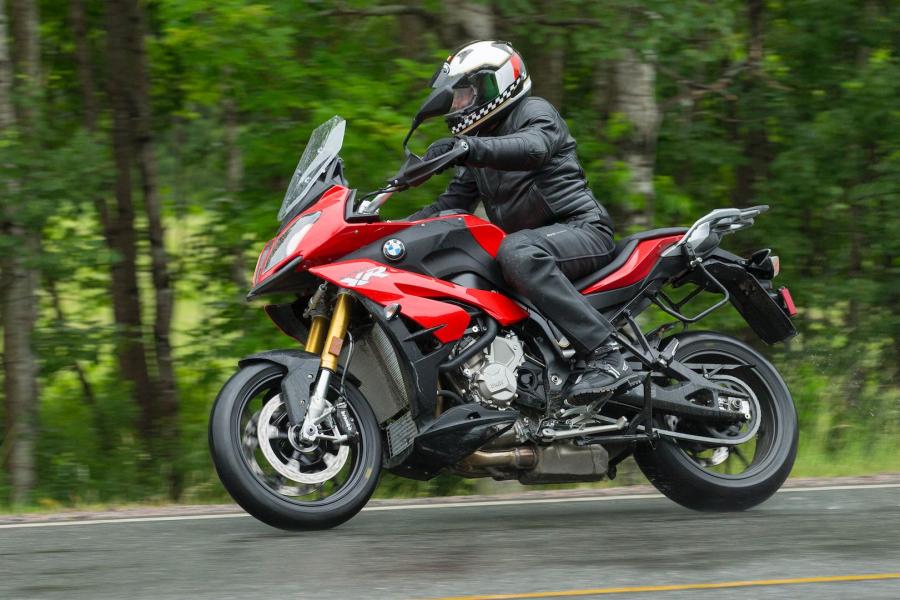
Every motorcycle enthusiast loves a heavy cruiser like Harley Davidson Fat Boy until they have to ride it. And that is because, at high speeds, riding cruisers is quite fun and easy, but maneuvering or slow riding can be quite challenging. Maneuvering huge cruisers in tight spots at a very slow speed can be very difficult for inexperienced riders. In fact, many riders don’t have the skills needed to control a heavy bike.
Have you ever seen a Harley Davidson rider wobble through slow traffic while paddling with their feet and then stop and drop the bike? I bet you have, and that is because riding a heavy bike in slow traffic is not as easy as it looks. Handling a heavy bike takes a lot of practice and patience. So if you want to learn how to handle a heavy motorcycle, please read on.
A heavy motorcycle is bigger than average bikes and has more power. Therefore, it needs more skill and experience to be able to handle it safely. This is actually the main reason why new riders use lightweight bikes when training. After all, giving a learner a 200HP sport bike or an 800 lb. cruiser is a recipe for disaster. Unfortunately, many newbies put themselves in this position when they buy heavy bikes as their first motorcycles.
Another reason why newbies need a lightweight bike is that heavy bikes are quite costly. Therefore, dropping them is a huge fear for new owners. The thought of seeing your expensive machine on the ground can be quite painful. So, before upgrading to bigger bikes, you should use smaller ones for more than two years.
Remember, the technique for making emergency stops is the same for both heavy and small motorcycles. The technique for making U-turns is also the same for small, medium, and heavy motorcycles. The only difference is that lightweight bikes are more forgiving with sloppy techniques than heavy ones. So make sure you perfect your riding techniques with a smaller motorcycle before upgrading to a heavier bike.
You have to perfect your riding techniques using a smaller bike before trying a heavy motorcycle. And even after perfecting your skills on smaller bikes, you should regularly practice on roads with less traffic.
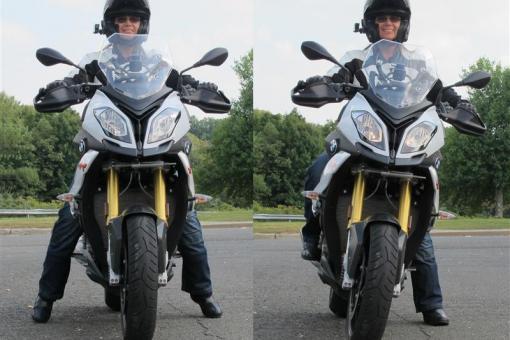
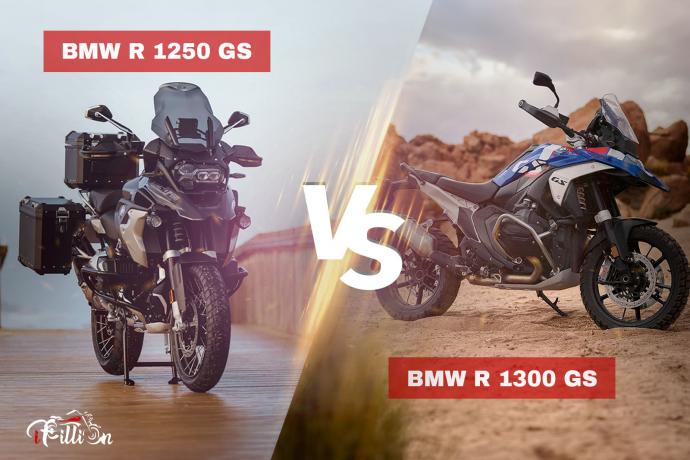
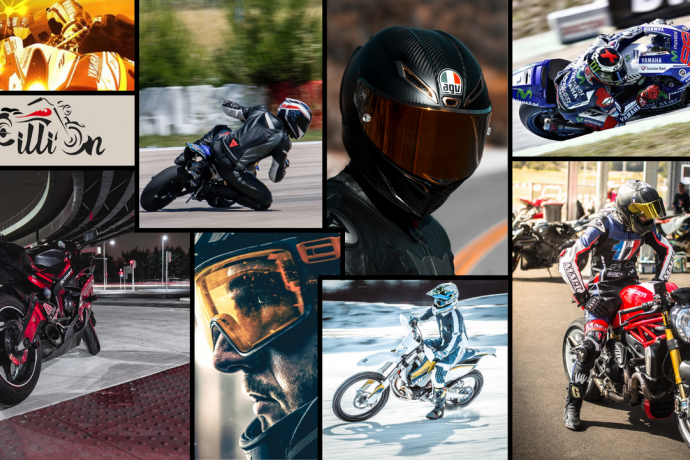
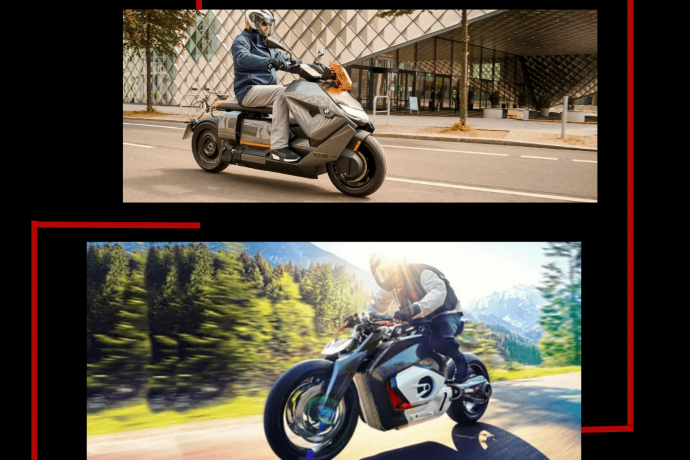




Comments